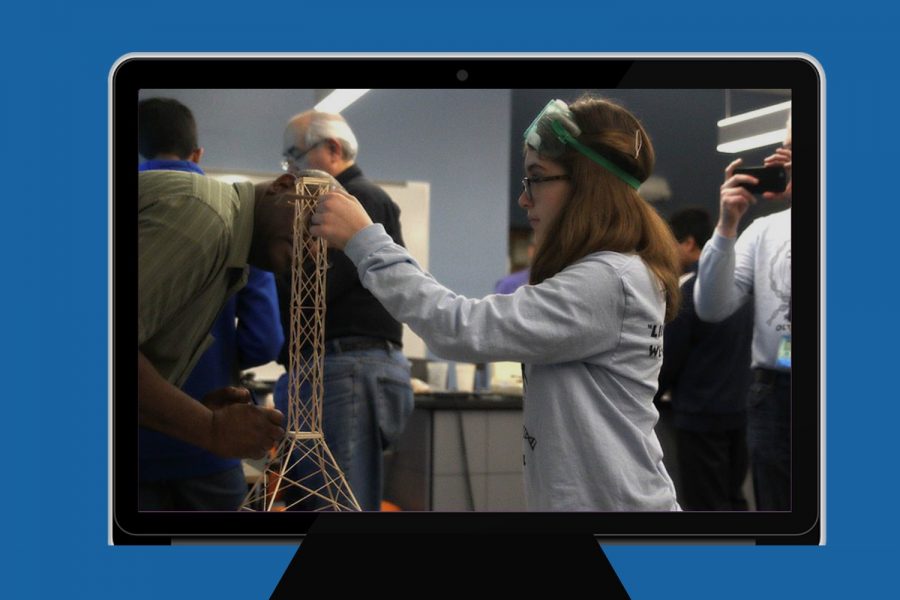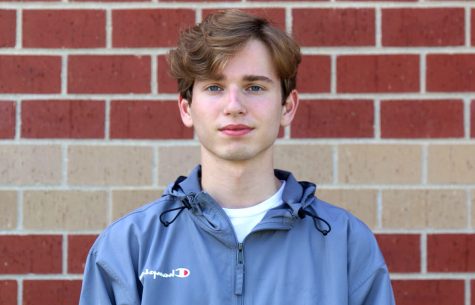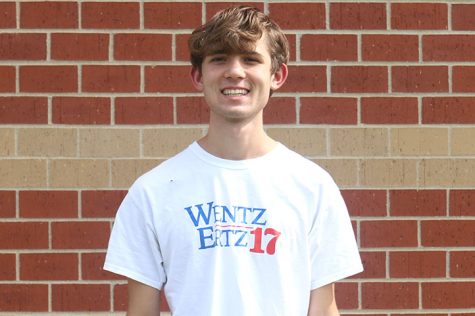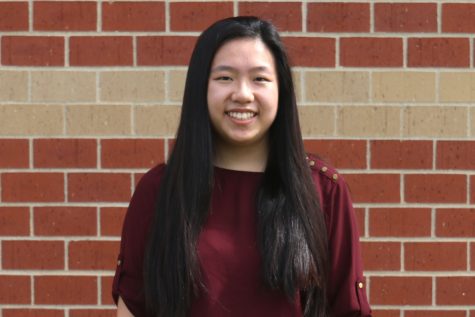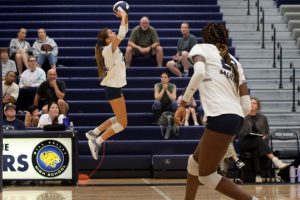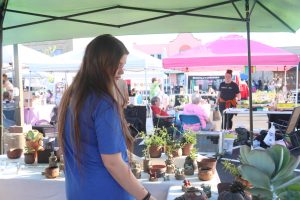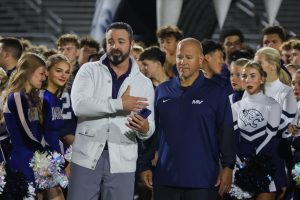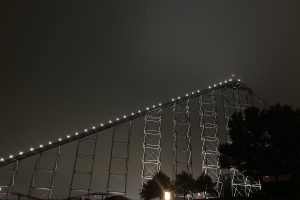Science Olympiad team works with De Soto to host virtual invitational
The team placed sixth in the competition, the first of its kind in Kansas
By Ben Wieland
The Science Olympiad team hosted their first-ever virtual meet. Overall, the team placed sixth in the tournament and took first in 2 events: Write It CAD It and Experimental Design. The team also placed second in the Chemical Lab, Circuit Lab and Forensics events.
February 6, 2021
In a first-of-its-kind event, the Science Olympiad team competed in a virtual tournament called Schrödinger’s Invitational, which was jointly hosted by the school and De Soto on Saturday, Jan. 30.
The tournament was named Schrödinger’s cat after a physics thought experiment and based on the fact that both schools’ mascots are felines.
This tournament was the one of the only invitational tournaments held in the state of Kansas this school year. Science Olympiad sponsor and physics teacher Chad Brown, in conjunction with Laura Sixta from De Soto High school, coordinated with Science Olympiad alumni to create an event for students in the state.
One Mill Valley graduate who helped Brown create the tournament was Aniston Cumbie, who spent roughly eight hours helping prepare for the tournament and assisted Brown in all things related to conducting a Science Olympiad tournament.
“Mr. Brown came to us with the idea of a virtual tournament and asked if we would be willing to help. Mr. Brown did the majority of the event coordinating, as Mill Valley was a host for the event,” Cumbie said. “A group of Mill Valley Science Olympiad alum, including myself, helped Mr. Brown organize, create and grade tests, and any other tasks he needed done along the way.”
Unlike previous years where practices were held in person, Brown held virtual study events to prepare the team for the tournament, which he said sometimes presented a significant challenge, especially when it came to effectively communicating with one another.
“Practices were completely virtual this year. We had a few people come in at different times to pick up materials and had one ‘hybrid’ meeting with some of us in-person and some of us on Zoom,” Brown said. “It definitely increased the difficulty level with build events and put a premium on cooperation and communication.”
The tournament’s test events were run entirely through a single website. To ensure that the event ran smoothly for students participating in the tournament, they tried to make clarification changes to the website in accordance with the Regional Science Olympiad director’s advice on how to make the site more navigable.
“Something we encountered during the planning of the tournament was that the website used to create and take the tests was not user friendly, so we had a couple of Zoom meetings where we shared advice on things we learned while using the system,” Cumbie said. “We also utilized the Regional Science Olympiad director for questions we couldn’t solve ourselves since she had more experience with the system.”
In a Science Olympiad tournament, there are 23 different events that groups of 2 or 3 compete in. The events can involve a written test, a lab component, and/or a pre-built project like a glider, a vehicle, or a structure that holds weight.
With the event being held virtually, students signed up for time slots for each event. The students could also compete in build events, such as the glider event Wright Stuff or the parachute event Ping Pong Parachute. Instead of signing up for online time slots, build events are where students submit videos of their flights and launches.
The students could take the test at any point during the day. Once the test was open, students had 50 minutes to complete the questions and could use a video conference system with their partner if needed. For a couple of the build events in this tournament, which include the Ping Pong Parachute and Wright Stuff events, students prerecorded them testing their build and submitted the video to YouTube where the judges were able to access and grade them.
Utilizing Zoom, Science Olympiad member sophomore Madison Koester, who competed in Experimental Design, Forensics, Code Busters, and Write it CAD it, was able to communicate with her partners during her events.
“I would say we had about five Zoom meetings as a whole team, and then prepared with our partners separately,” Koester said. “To discuss events, I used Zoom with some of my partners.”
Despite being the first of its kind, Cumbie believes the tournament ran relatively smoothly for a virtual event, with a few occasional technical difficulties that the coordinators of the tournament were able to quickly tackle.
“Considering none of us had ever used the online format for a tournament before, I would say that it went really well. There were a few glitches in the system that we had to work through along the way, but other than that it went pretty smoothly,” Cumbie said. “The virtual format also made it really easy for all of us alum to help with the tournament, I was able to create and grade tests while living in Ames, Iowa for college.
Overall, the team placed sixth in the tournament and took first in 2 events: Write It CAD It and Experimental Design. The team also placed second in the Chemical Lab, Circuit Lab and Forensics events.
For the event being new, Koester believes that the team did extremely well given the circumstances.
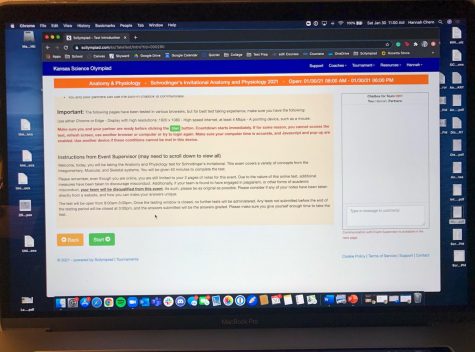
“As a team, I think we did okay since it was our first meet of the season,” Koester said. “It was also our first virtual meet.”
Although he agrees with Cumbie that the event ran smoothly, Brown is hopeful that future Science Olympiad tournaments are held in person.
“I am very hopeful we can return to in-person tournaments. Mill Valley has hosted one in-person invitational before, and while it was more work, it was much more fun and engaging,” Brown said. “There are some components of the virtual tournament we may keep, such as online test proctoring, although students would take the test on-site.”
Echoing these sentiments, Cumbie is also hopeful that in the future tournaments can be held in-person as she remembers them when she competed in tournaments during her time as a member of the team.
“I hope tournaments in the future will be held in-person. As a Science Olympiad alum, I loved going to the tournaments with my team on Saturdays and being able to spend hours after school in Mr. Brown’s room preparing for those tournaments,” Cumbie said. “Some of my closest friends from high school I made in Science Olympiad, and those many hours spent together in-person are really what made that bond so strong.
The team is currently not planning on hosting another virtual tournament this year. They will be attending another virtual meet for practice through an event hosted by Southern California schools on Sunday, Feb. 7. Regionals, also virtual, will be a week-long event starting mid-February.


